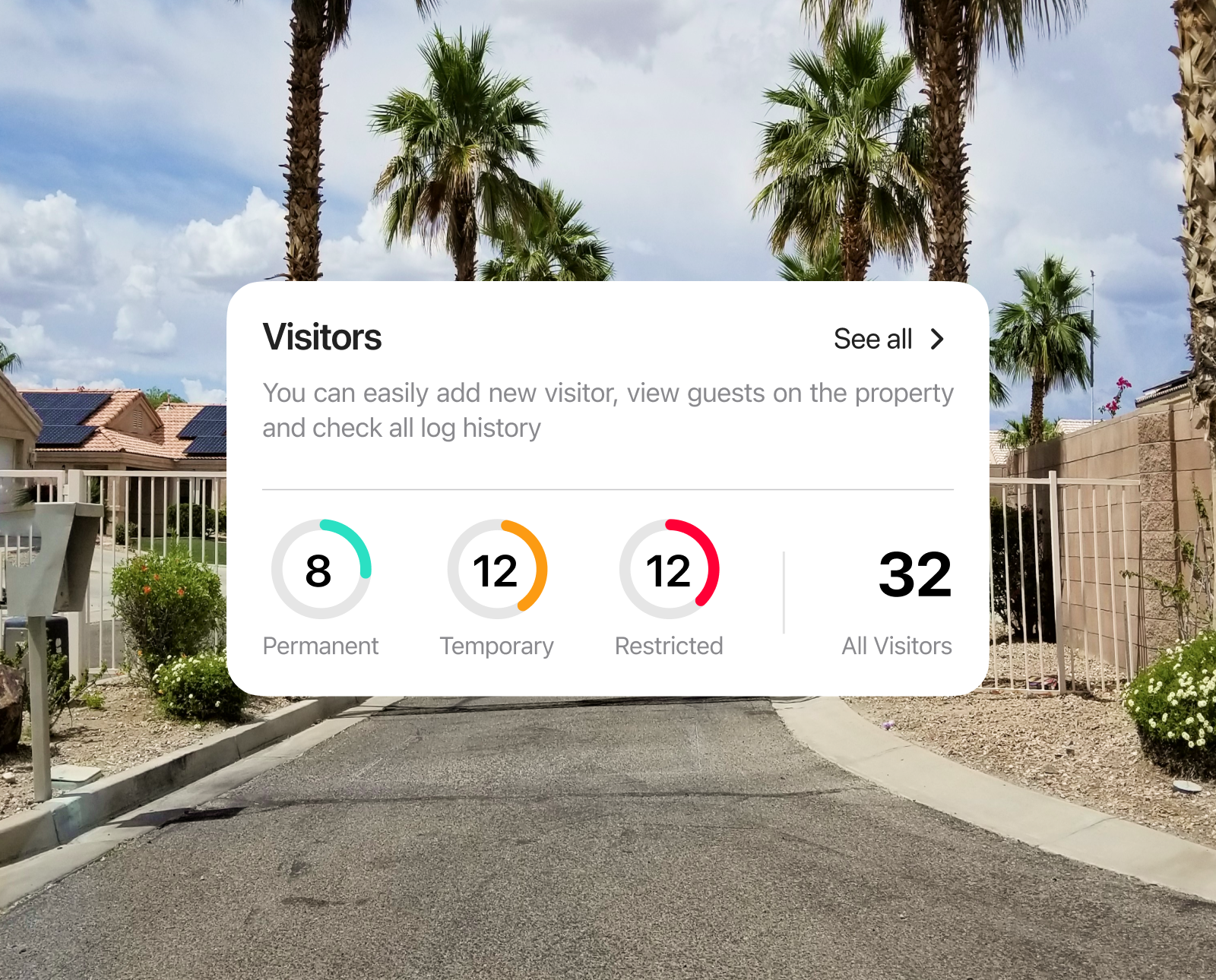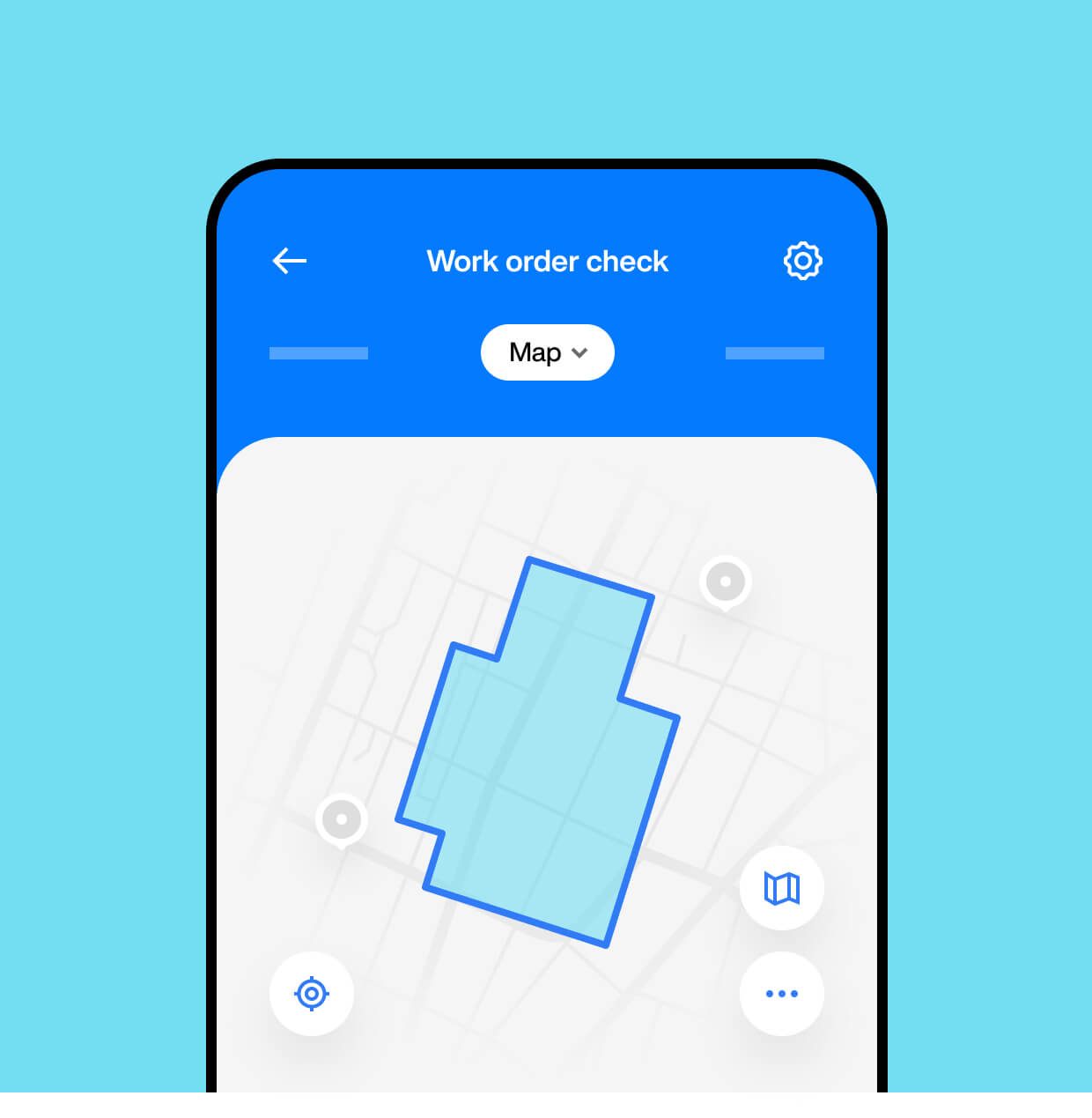Workforce management app with 1200 business clients
Product discovery for a real estate giant
Can you make a property management platform for Qatar and UK markets? Can you translate in-person landlord-tenant interaction into a digital platform? How would you do that? These are the questions we answered through our discovery process.
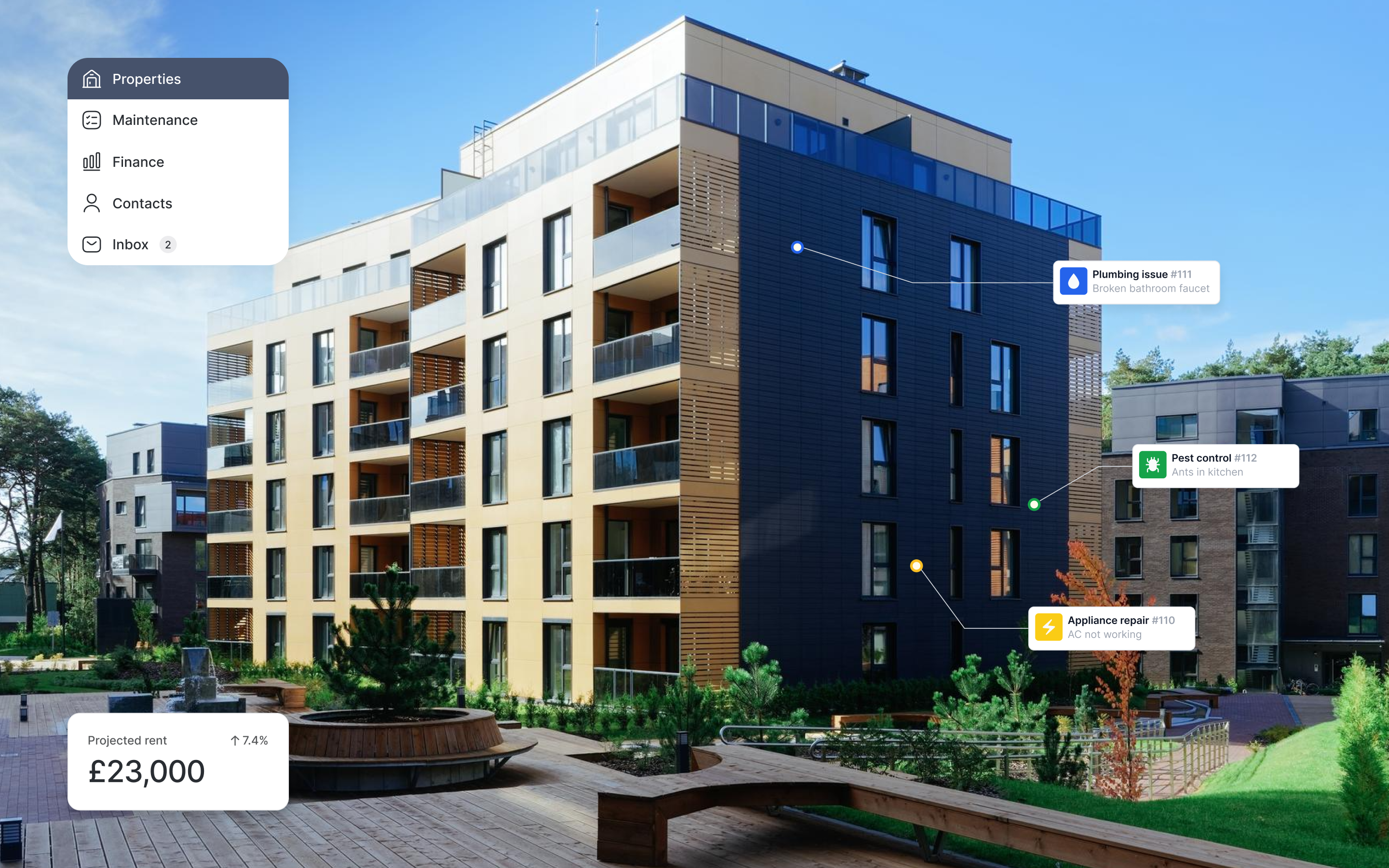
SHORT
summary
Industry
Real estate
Location
Qatar
Services
Product discovery
Team
Product lead
2 UX/UI designers
3 solution architects
Based in the Middle East, our client manages a property portfolio of more than 100 villas and apartments. When they came to the idea for a property management platform, they imagined it as much of a useful tool for them as it would be for other users on the platform.
The challenge
The client wanted to create a real estate management platform aimed at UK and Qatar, primarily for people who aren’t the “usual suspects”.
That’s people who’ve either inherited a property or found themselves with extra real estate but wanted to rent it out.
The platform would make the management of that property as easy as possible. Its main goal is to translate all in-person tenant-landlord interactions into a platform.
The solution
To do that, the client had to think about all of the players in this ecosystem.
That includes :
- Tenants
- Landlords
- Contractors
- Property management agencies
All to ensure a simpler experience for all users involved.
But you can’t build a house before laying the foundations.
And you can’t build a successful software product without thorough product discovery.
That’s where we came in.
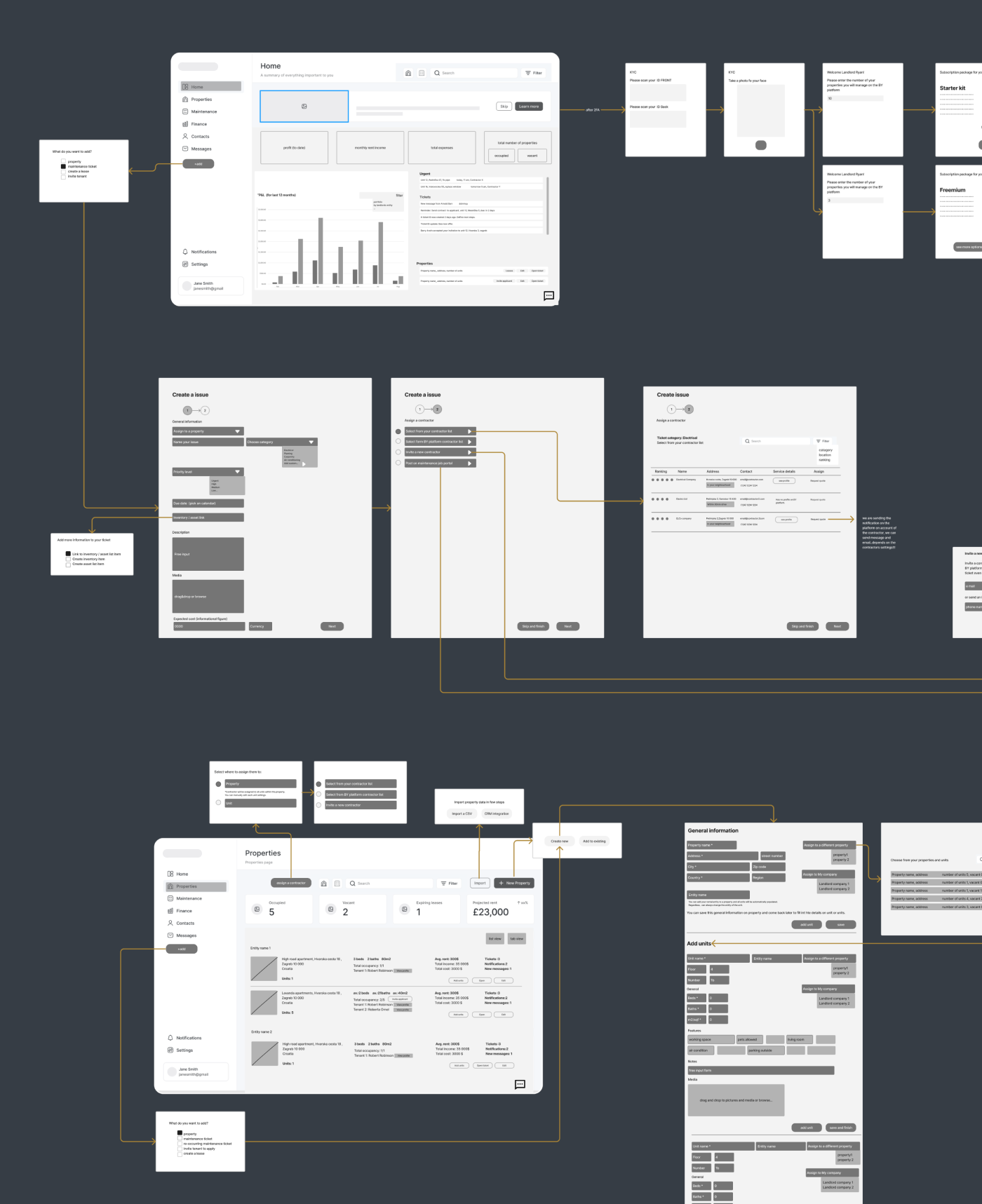

Our impact
Competitor research
We’ve researched dozens of similar platforms in the real estate space. By analyzing their products, pricing, and all other features, we’ve pinpointed where our client’s product can stand out.
Solution architecture
The client will host the platform on Microsoft Azure, so that’s the architecture we worked on. It will also heavily rely on 3rd party integrations, so we covered that as well.
User interviews
Since the platform had to cater to more than one user persona, we’ve interviewed tenants, landlords, contractors, and property managers to understand their needs and pain points.
User journeys
At the same time, we’ve outlined all user journeys. That means we defined the goal the user wants to achieve and ensured they achieve it as easily as possible.
Numerous features
We outlined features for each user persona such as:
- Tenant application process
- Property management
- Lease management
- Unit maintenance
Through each of the planned features, the app will solve every target user’s pain points.
Wireframing
Our UX/UI team created wireframes for all product versions. For example, although the tenant and the landlord will have similar interfaces, many key screens will be different or won’t exist for one persona while they will for the other. Our wireframes will also be a starting point for any further UI design.
Feature prioritization
Now that we’ve finished researching, we started prioritizing features based on our insights on each persona we interviewed. The goal is to identify features that solve the user’s main pain points.


Our tools
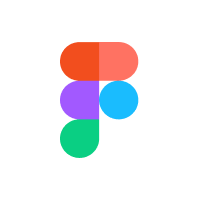
Figma/Figjam
Our UX/UI team created wireframes, user journeys, and feature prioritization matrices using these tools. They’re also great for collaboration with all stakeholders, even those with little technical expertise.

Google Workspace
Whether it was using Google Docs, Sheets, or Slides, the G Suite came in handy when collaborating with the client.

Slack
This is where our daily communication with the client has taken place.
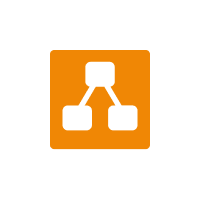
Draw.io
Our solution architecture team saw great value in this tool for creating diagrams and architecture visualization.

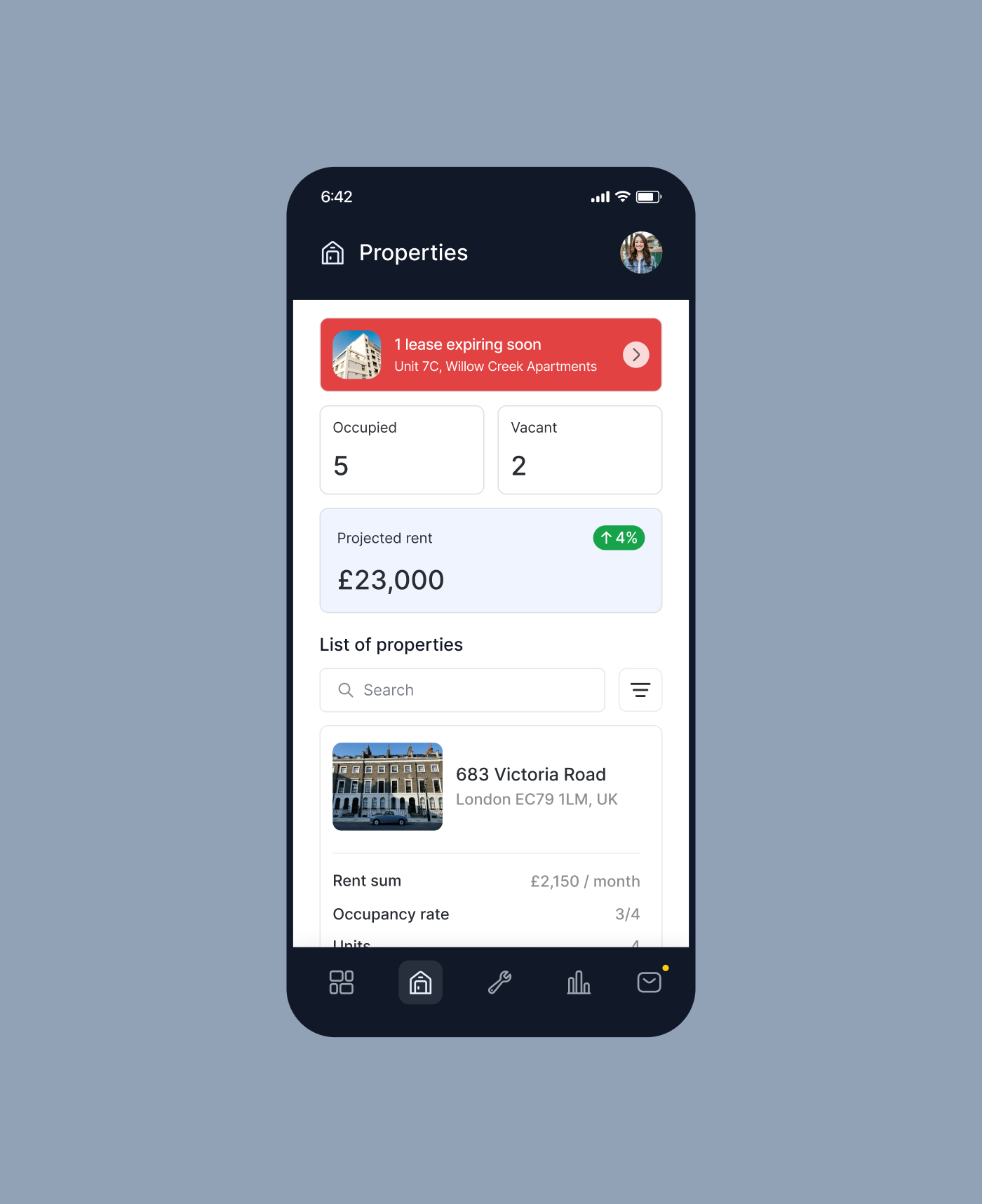
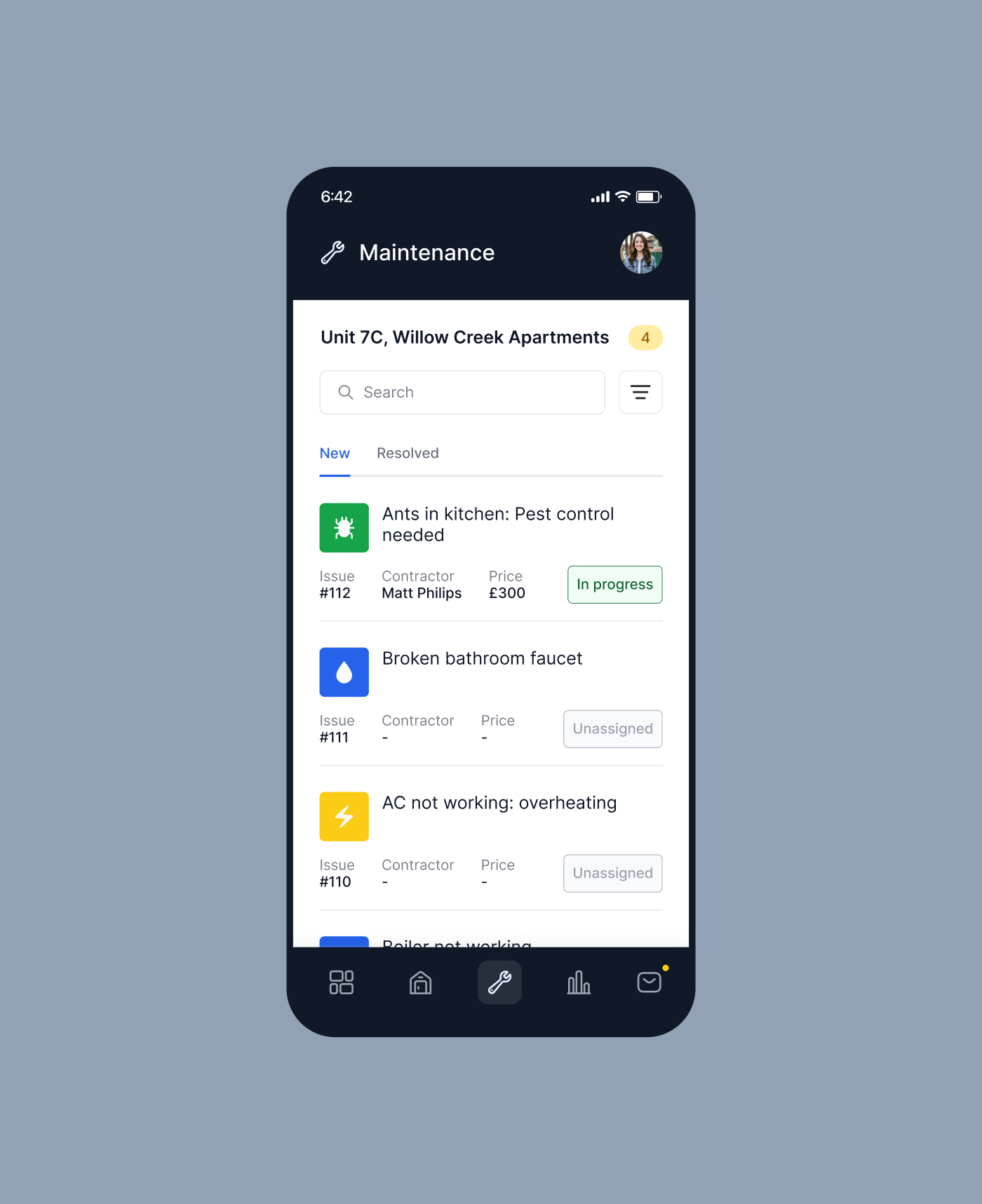
Outcome
Through a detailed product discovery process, our team equipped the client with all of the tools necessary to create a successful software product.
- Helped the client understand their users
- Helped the client understand their competitors
- Created flows and wireframes to help users achieve their goals
- Made sure the product is technically feasible and designed solution architecture.

